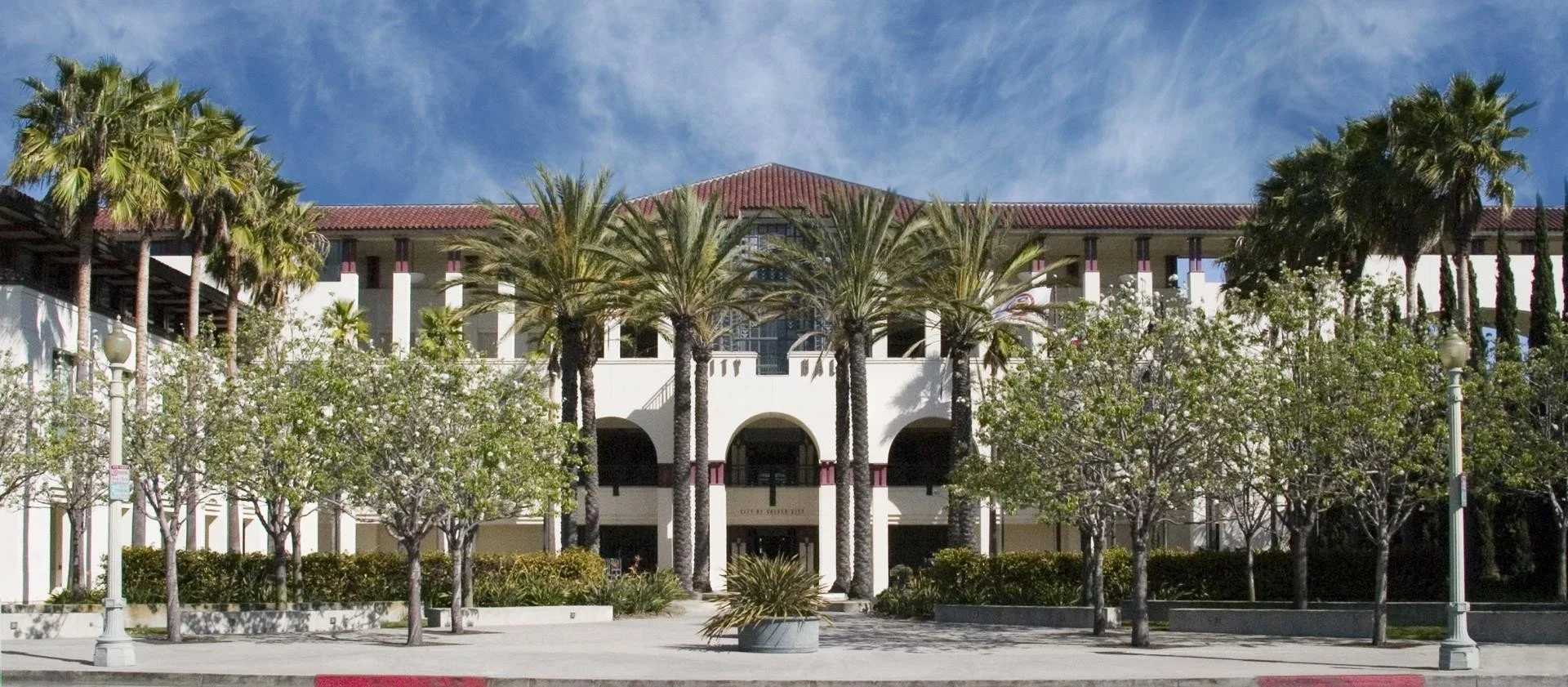Local First Responders: One of the Little Things That Make Culver City Special
One thing that often surprises people when they move to or visit Culver City is just how quickly help shows up. Having our own police and fire departments isn’t just a bureaucratic detail — it really means residents tend to get faster, more responsive service. In a city the size of ours, that can make a big difference.
Here’s what I’ve learned and noticed, plus what the official sources back up.
Culver City Police Department
The Culver City Police Department (CCPD) is fully independent — not shared with Los Angeles or any other city. That means dedicated officers whose jurisdiction, resources, and response priorities focus solely on Culver City
Staffing: About 161 full-time employees, including 109 sworn officers and 52 professional staff.
This local structure allows for familiarity: police know the neighborhoods, residents, regular problems; fewer layers of bureaucracy when a call goes out. That usually helps with response time and local knowledge.
Culver City Fire Department
The Culver City Fire Department (CCFD) is also local, dedicated, and highly capable.
They staff three engine companies, one ladder truck, three paramedic rescue units, plus a battalion chief command vehicle. That’s on 24/7 shifts, with ~20 personnel per shift.
The department provides advanced medical support (some units are paramedics), in addition to firefighting, technical rescue, hazmat response, etc.
CCFD is also known for top ratings: It is one of only four fire departments in California with an ISO Class 1 rating and accredited by the Commission on Fire Accreditation International. That’s a strong signal of performance.
Response Times & Real Stories
While I didn’t turn up a current official average response time in everything I looked at, there's a source noting that emergency calls used to average about 3 minutes for police in Culver City for high-priority calls.
An older stat: “Calls for Service / Response Time: … average response time to emergency calls was 3:21 minutes; … non-emergency calls about 4:41 minutes.” These are older (around 2013), but they show a baseline of how responsive Culver City has prioritized being.
On the fire side: given the staffing levels, equipment readiness, and geographic compactness of the city (Culver City is about 5.2 square miles with ~40,000 residents, plus daytime population is much larger), the Fire Department is well‐positioned for quick deployment.
What to Keep in Mind
No city is perfect — crime and emergencies still occur. Having fast responders doesn’t mean zero risk. But it does help reduce damage, loss, and worry.
Response time depends a lot on where you are. If you’re on a boundary or in a more remote section, it might still take longer than for someone near a station.
Many safety statistics are older or not publicly updated frequently, so combining official data with community input (stories, personal experience) paints the clearest picture.
Why This Matters
Peace of mind: You know the local guard is around, available, and knows the terrain.
Faster medical intervention can save lives; having paramedic units ready is huge.
Local services also mean more accountability — since these departments answer to city officials, to residents, and to people who live and work here.
It strengthens community trust — something you feel when you know your calls are being answered, your streets regularly patrolled, and your Fire & Police teams show up.



